The world of percussion has long been dominated by an unspoken assumption: that the resonant overtones of struck instruments are inherently chaotic and uncontrollable. For decades, musicians and instrument designers accepted this as an unchangeable reality, working around the limitations rather than attempting to master them. Yet recent breakthroughs in acoustic engineering and material science are challenging this dogma, revealing that percussion instruments can indeed achieve a level of harmonic precision previously thought impossible.
At the heart of this revolution lies a fundamental reimagining of how percussion instruments interact with their own vibrations. Traditional approaches focused primarily on the initial attack transient - that sharp, defining moment when mallet meets surface. What happened afterward was often treated as secondary, the natural decay of sound waves left to their own devices. Contemporary researchers, however, have shifted their attention to the entire lifespan of each vibration, discovering that subtle manipulations of materials and shapes can exert remarkable control over harmonic content.
The science behind controlled percussion resonance begins with understanding how different materials filter specific frequencies. While a standard steel pan or wooden marimba bar produces a complex set of overtones determined largely by its physical properties, new composite materials allow for precise tuning of which harmonics are amplified and which are suppressed. These advanced materials don't just affect the primary pitch; they reshape the entire overtone series according to predetermined acoustic profiles.
One particularly promising development involves the use of metamaterials - artificially engineered substances with properties not found in nature. When applied to percussion instruments, these materials can create frequency-selective damping effects. Imagine a vibraphone bar that not only produces its fundamental pitch with clarity, but also allows the performer to emphasize or de-emphasize specific harmonic components through nothing more than striking position and velocity. This level of control was unimaginable with traditional aluminum bars.
Instrument design has undergone parallel evolution to complement these material advances. Computer modeling now enables the creation of resonators and chamber shapes that interact with air columns in predictable, controllable ways. Where older designs relied on trial-and-error approximations, modern acoustic simulations can predict how minute changes in geometry will affect harmonic content. The results are instruments that don't just happen to produce pleasant overtones, but are designed from the ground up to offer performers genuine timbral choice.
Perhaps most exciting is how these technological advancements translate to performance practice. Percussionists trained in traditional methods are discovering an expanded palette of expressive possibilities. A single instrument can now produce dramatically different tonal colors depending on where and how it's struck, with the player exercising real-time control over harmonic balance. This goes far beyond simple dynamics - it's akin to a wind player's embouchure control or a string player's bowing nuance, but achieved through precise manipulation of the instrument's resonant properties.
The implications for composition are equally profound. Where percussion parts were once written with relatively generic instructions ("wood block," "suspended cymbal"), composers can now specify harmonic spectra with surprising precision. New notation systems are emerging to capture these possibilities, allowing for detailed control over timbral evolution throughout a piece. This represents nothing less than a fundamental expansion of percussion's musical vocabulary, bringing it closer to the nuanced expressivity traditionally associated with melodic instruments.
Educational paradigms are shifting in response to these developments. Conservatories that once treated percussion technique as primarily rhythmic are now incorporating harmonic awareness into their curricula. Students learn not just how to play notes, but how to shape the entire sonic profile of each stroke. This holistic approach mirrors the training of pianists or harpists, who must understand how their instrument's complex overtones contribute to musical expression.
Looking ahead, the field shows no signs of slowing its rapid advancement. Researchers are experimenting with active control systems that use sensors and actuators to modify an instrument's resonant properties in real time. Early prototypes suggest a future where percussionists might adjust harmonic content mid-performance with foot pedals or other controllers, blending the immediacy of acoustic performance with the sound-shaping possibilities of electronic music. Such hybrid instruments could fundamentally blur the line between acoustic and digital sound production.
The cultural impact of these changes may prove as significant as the technical innovations themselves. As controlled resonance becomes more accessible, percussion is moving from its traditional role as rhythmic foundation to taking center stage as a fully melodic and harmonic force. Ensembles once dominated by strings and winds are increasingly featuring percussion in soloistic roles, with repertoire expanding to showcase these new capabilities. This represents not just an evolution in instrumentation, but a transformation in how we conceive of percussion's place in musical architecture.
What began as specialized acoustic research has blossomed into a comprehensive redefinition of percussion's musical potential. From the laboratory to the concert hall, from the designer's workshop to the performer's practice room, the pursuit of controlled resonance is reshaping expectations and possibilities alike. The age of percussion as merely rhythmic punctuation is giving way to an era where it stands equal in harmonic sophistication to any instrument in the orchestra. As these technologies mature and permeate musical culture, we may look back on this period as nothing less than a renaissance for the oldest family of instruments known to humanity.
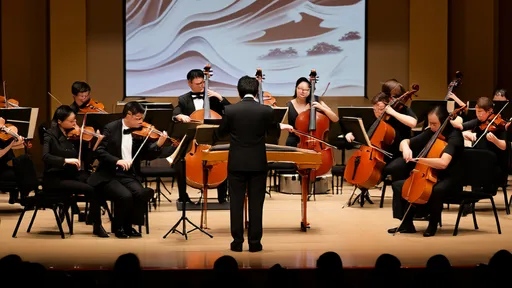
By /Jul 17, 2025

By /Jul 17, 2025
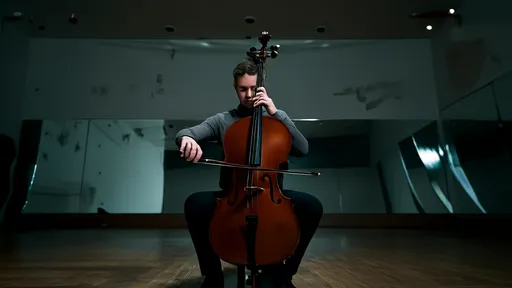
By /Jul 17, 2025

By /Jul 17, 2025

By /Jul 17, 2025

By /Jul 17, 2025

By /Jul 17, 2025
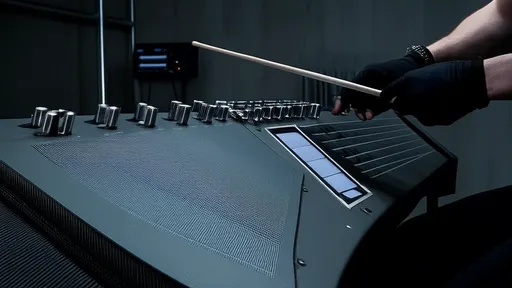
By /Jul 17, 2025

By /Jul 17, 2025

By /Jul 17, 2025

By /Jul 17, 2025
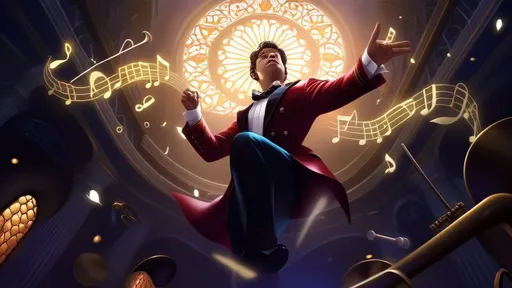
By /Jul 17, 2025
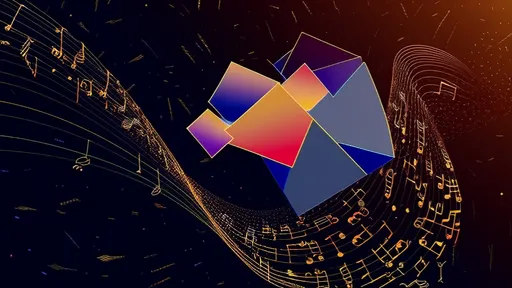
By /Jul 17, 2025
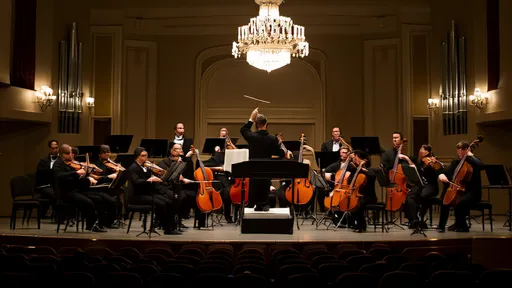
By /Jul 17, 2025
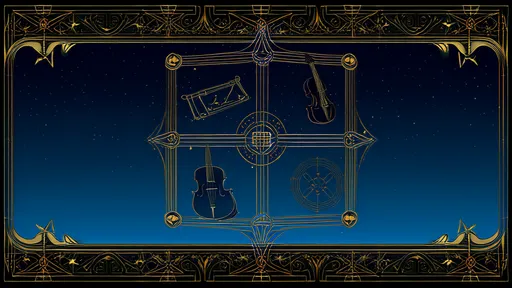
By /Jul 17, 2025
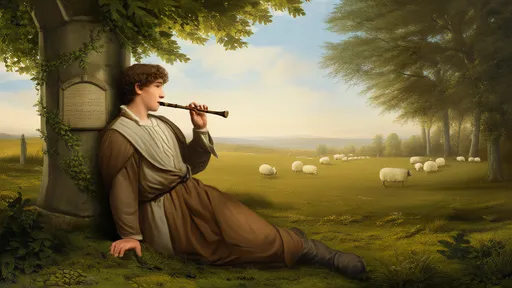
By /Jul 17, 2025

By /Jul 17, 2025
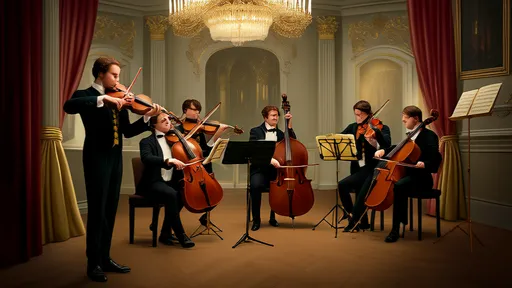
By /Jul 17, 2025